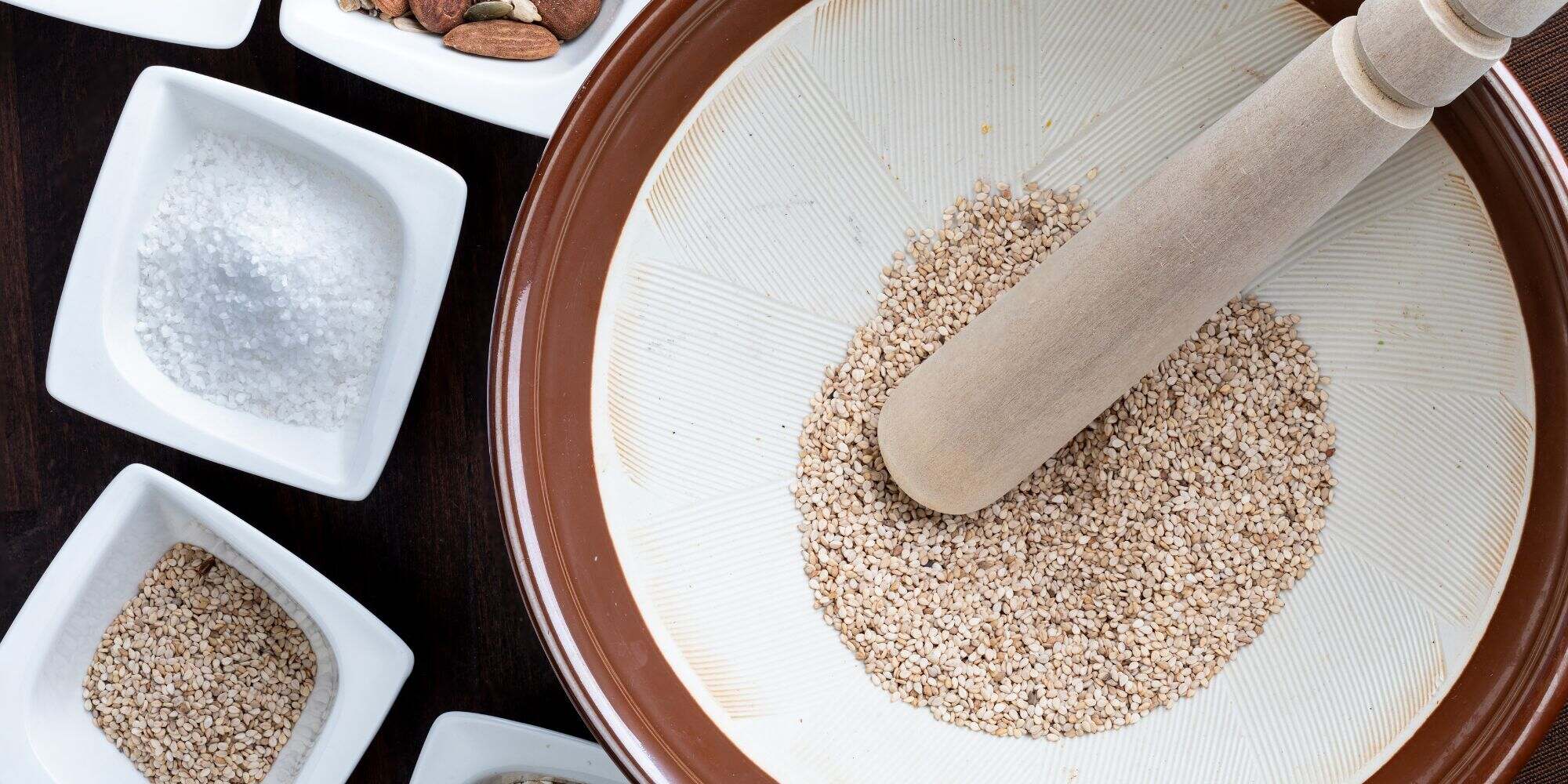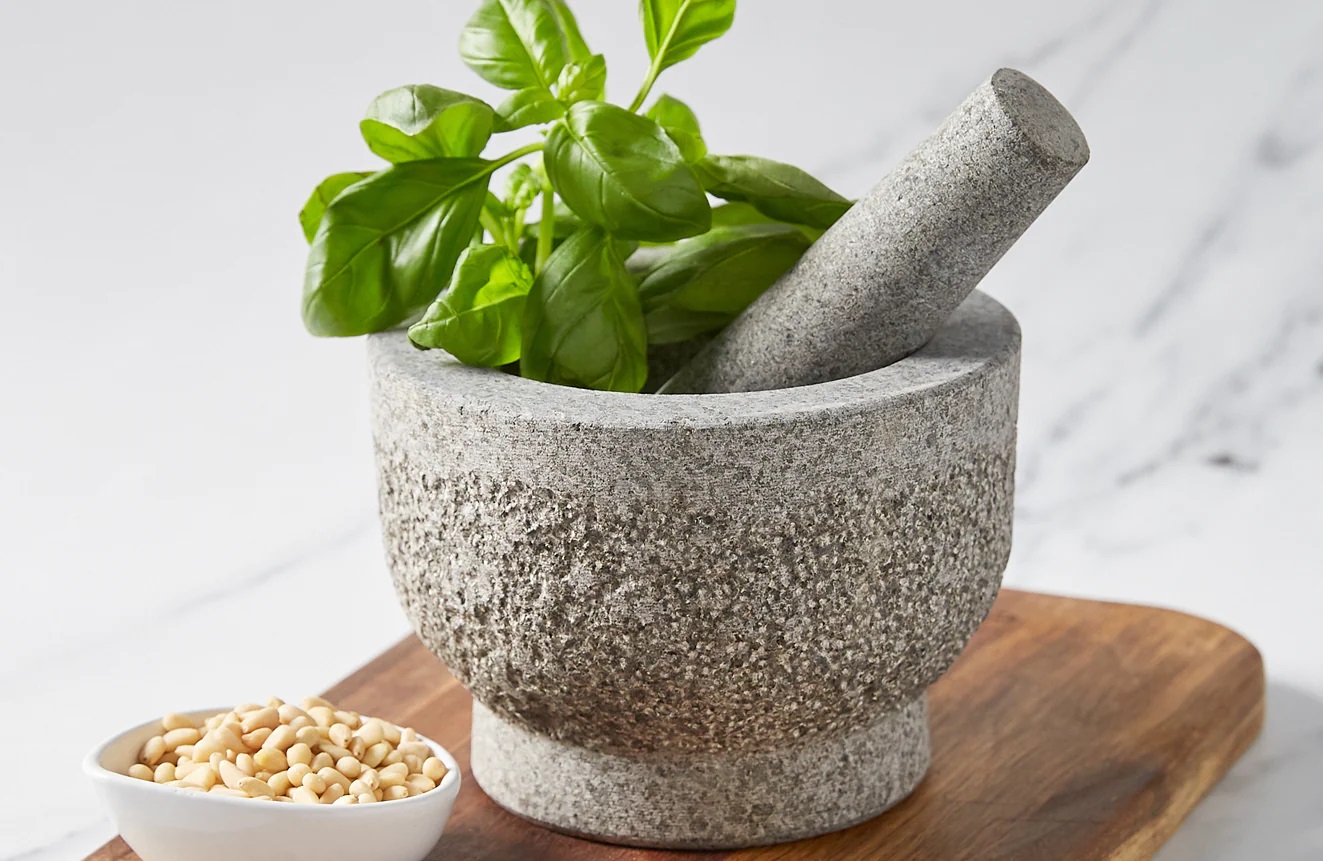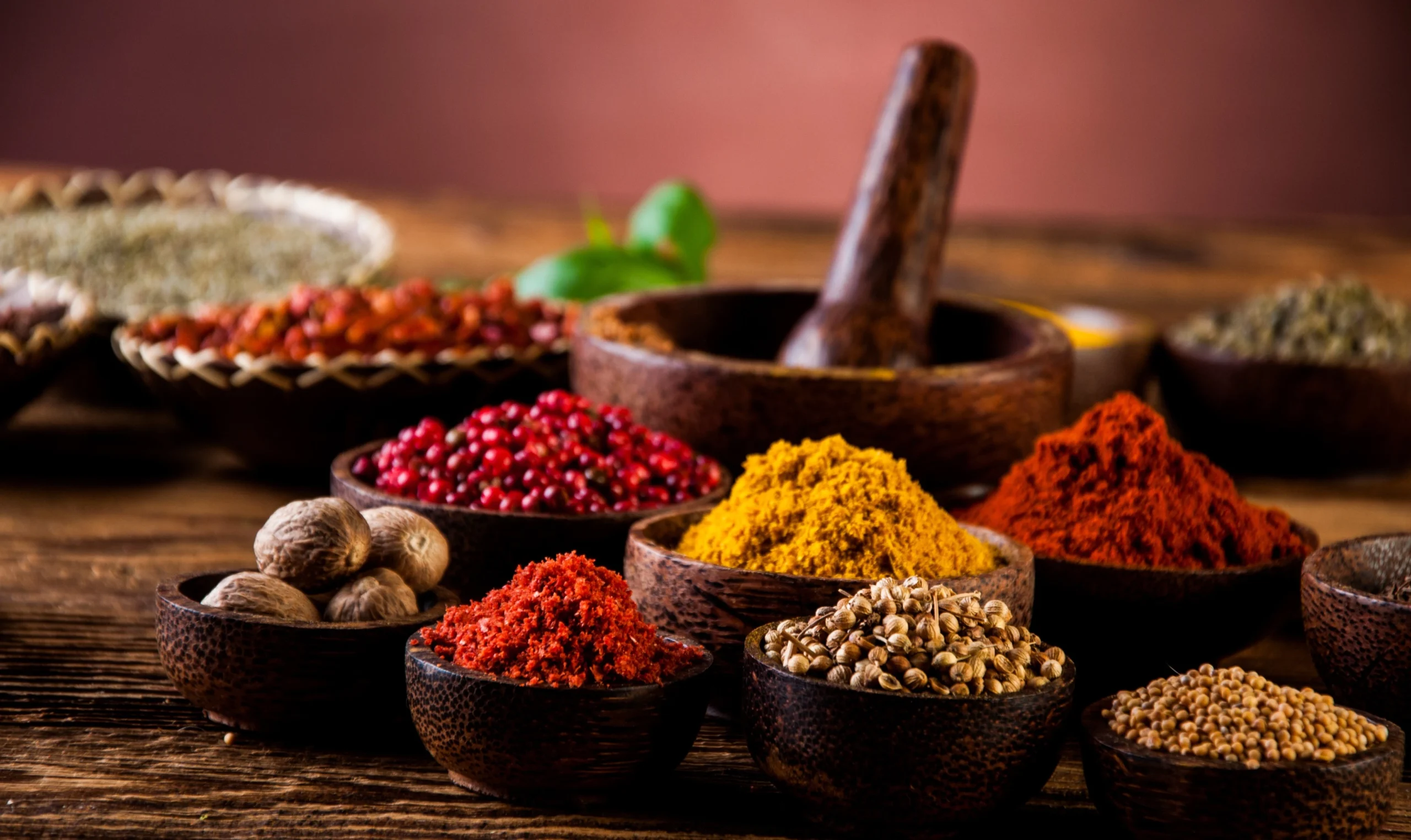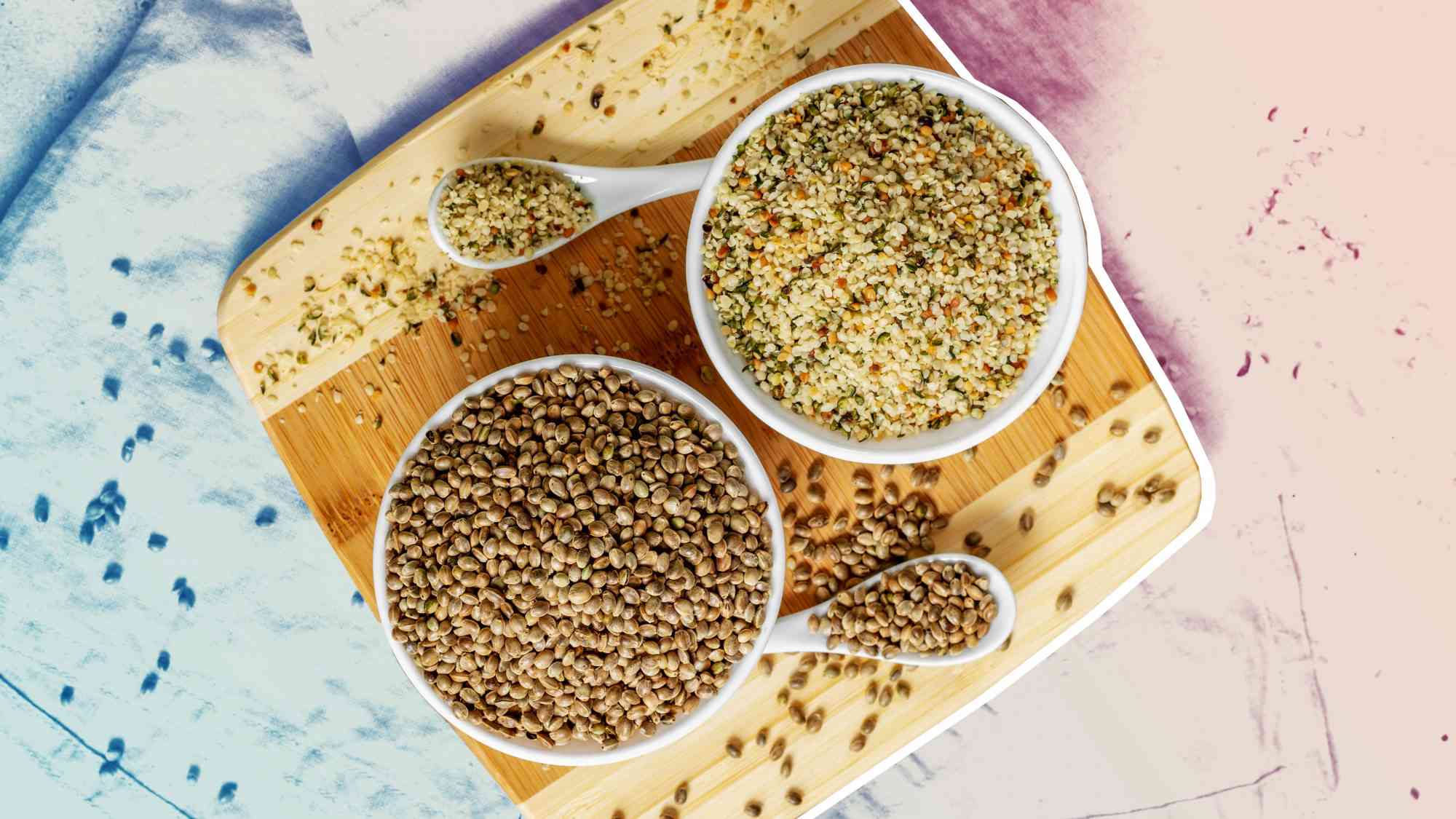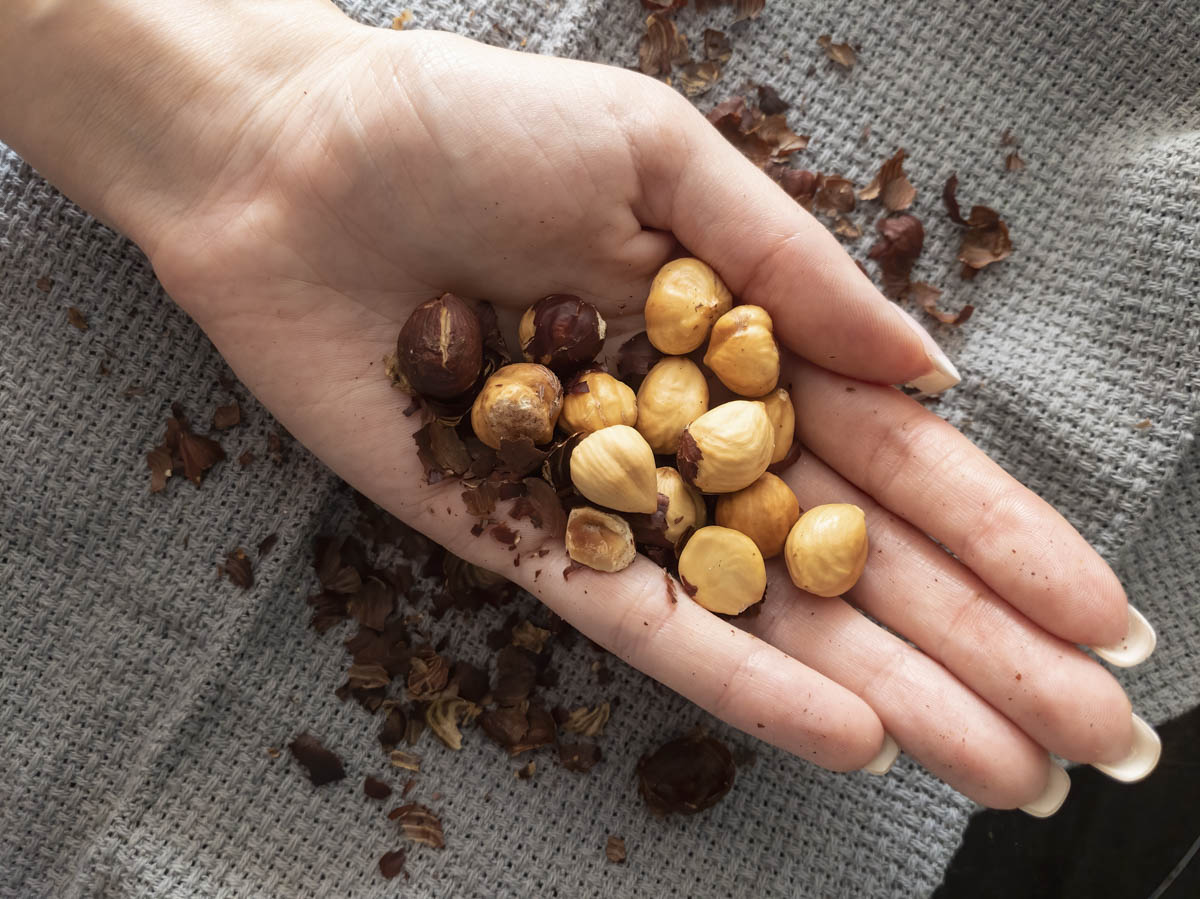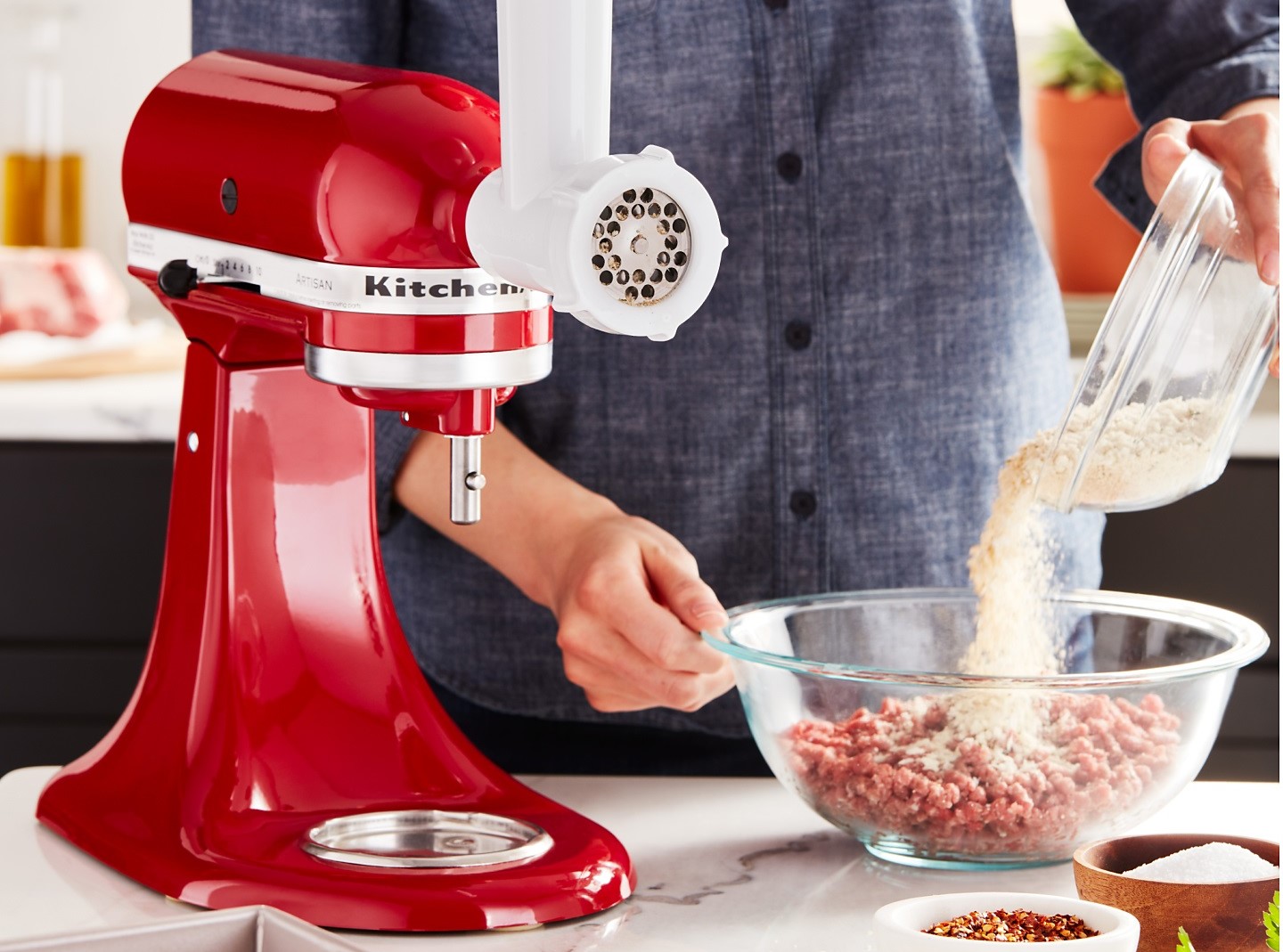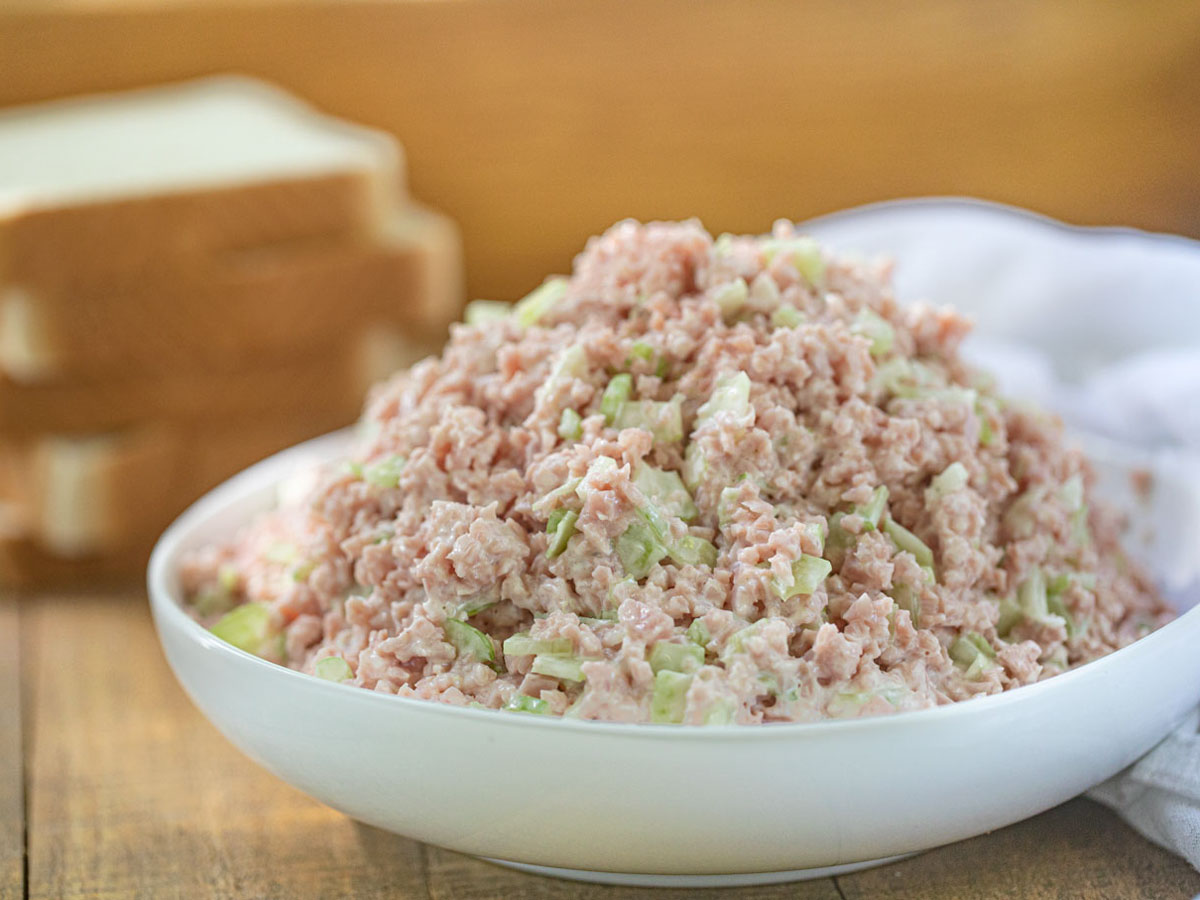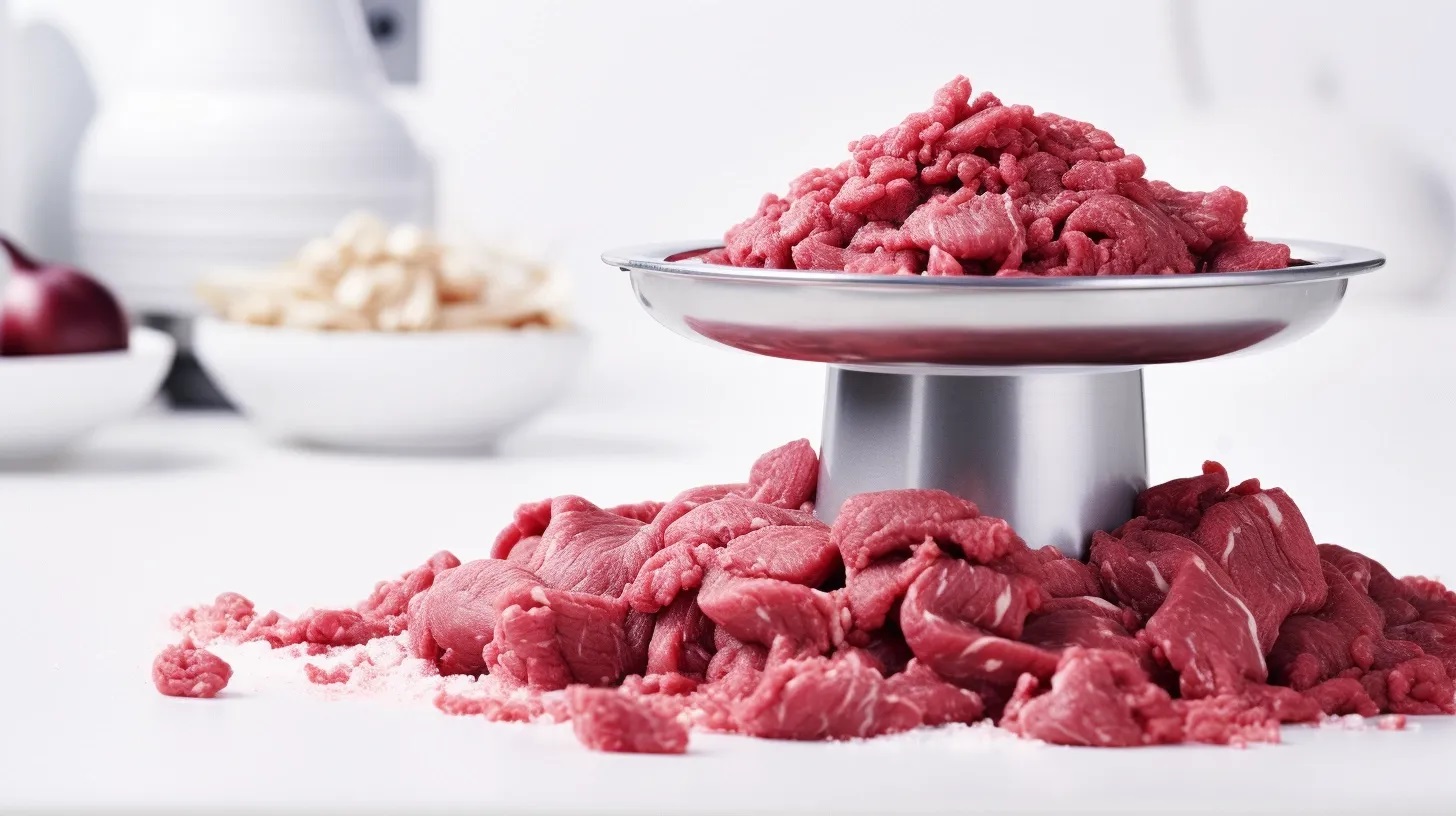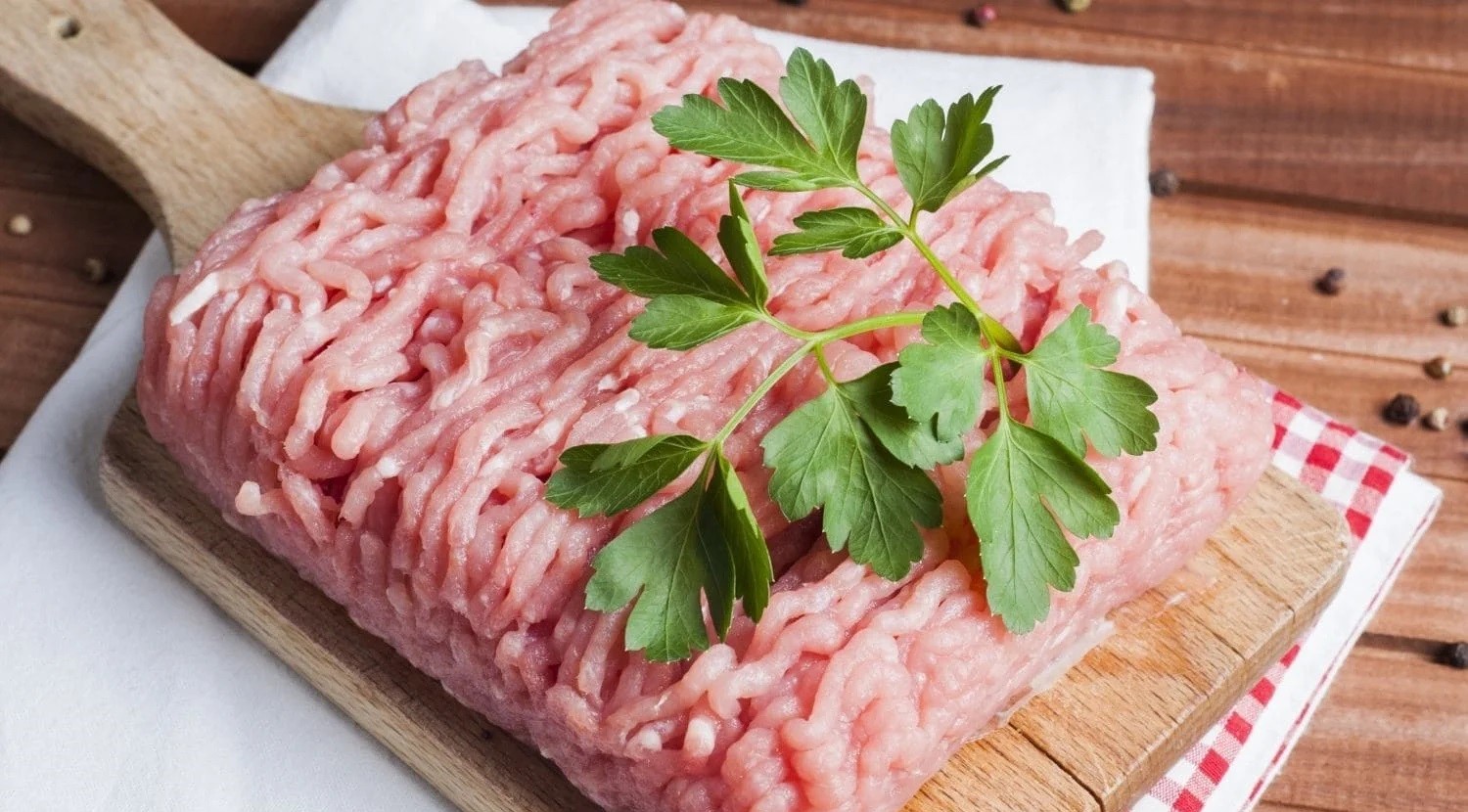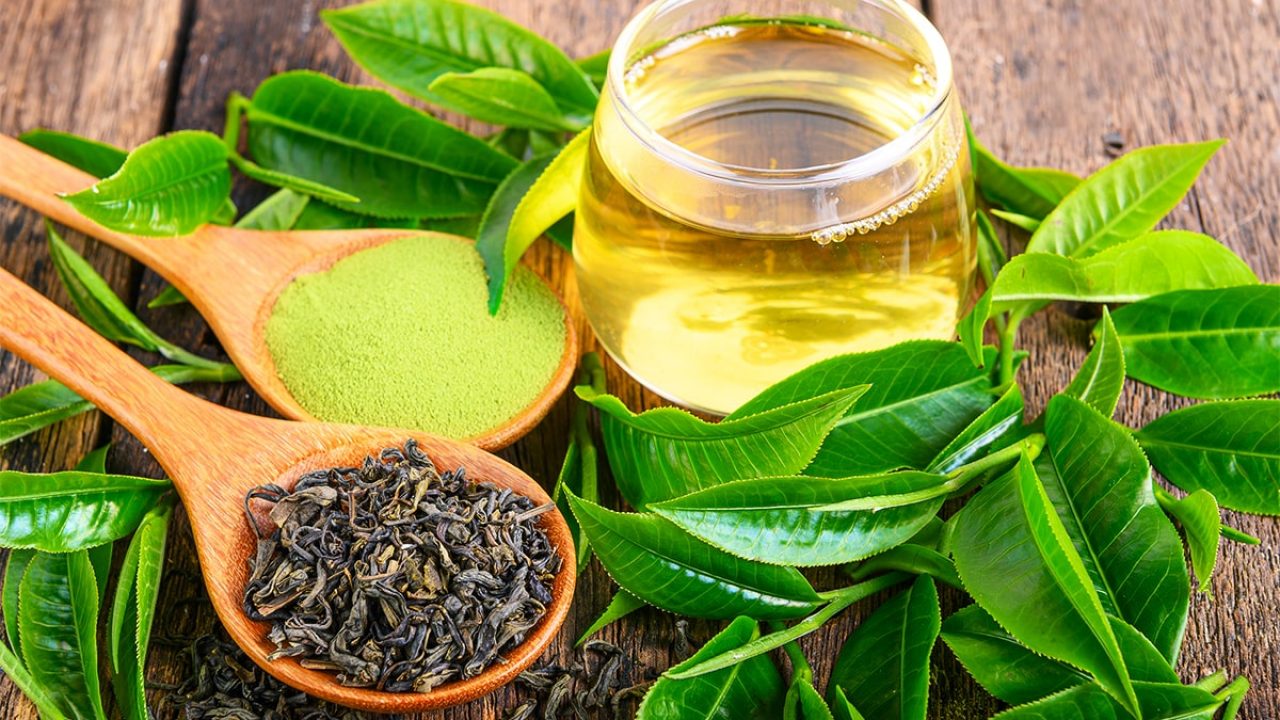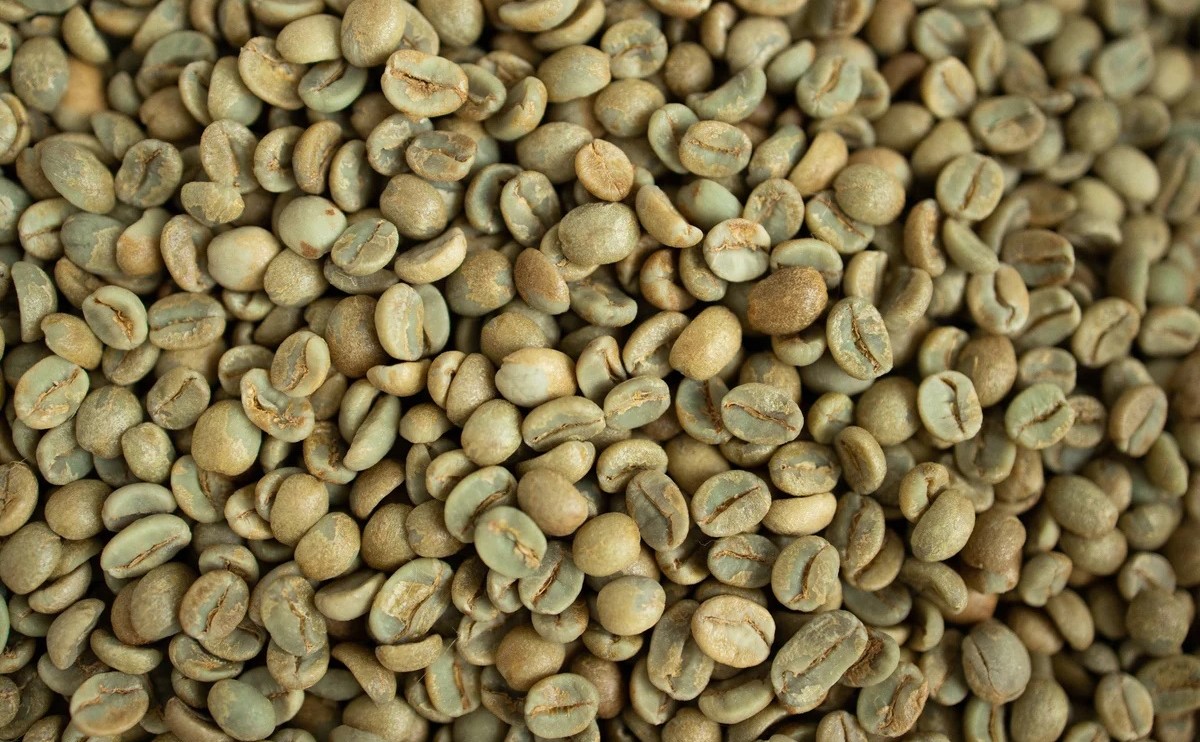Get the Most Flavor from Your Herbs: How to Grind Herbs Like a Pro
Herbs are an essential part of cooking, adding flavor and aroma to dishes. When it comes to using herbs, grinding them can release their full potential, intensifying their flavor and making them easier to incorporate into recipes. If you want to elevate your culinary skills, learning how to grind herbs is a valuable technique to master. Here’s a step-by-step guide to help you get started.
Choose the Right Tools
Before you begin grinding your herbs, it’s important to have the right tools on hand. Here are a few options to consider:
- Mortar and Pestle: This classic tool allows you to crush and grind herbs with ease. It’s perfect for small batches and gives you control over the texture of the herbs.
- Spice Grinder: If you’re working with larger quantities of herbs, a spice grinder can make the process more efficient. Look for a grinder with sharp blades that can effectively pulverize the herbs.
- Coffee Grinder: In a pinch, a clean coffee grinder can be used to grind herbs. Just be sure to reserve it exclusively for spices and herbs to avoid flavor contamination.
Prepare Your Herbs
Before you start grinding, it’s essential to prepare your herbs properly. Here’s what you need to do:
- Wash and Dry: Rinse the herbs under cold water to remove any dirt or debris. Pat them dry with a paper towel to ensure they’re free of moisture.
- Remove Stems: For most herbs, it’s best to remove the stems before grinding. This will help prevent any woody or fibrous textures in the final product.
- Chop or Tear: Depending on the tool you’re using, you may need to chop or tear the herbs into smaller pieces to facilitate the grinding process.
Grind with Care
Now that your herbs are prepped, it’s time to start grinding. Follow these steps for optimal results:
- Use a Gentle Touch: Whether you’re using a mortar and pestle or a grinder, it’s important to apply gentle pressure. Overworking the herbs can result in a paste-like consistency, which may not be suitable for all recipes.
- Grind in Batches: If you have a large quantity of herbs, it’s best to grind them in batches. This ensures that the herbs are ground evenly and consistently.
- Check the Texture: Stop grinding periodically to check the texture of the herbs. Aim for a fine, powdery consistency for most applications, but some recipes may call for a coarser grind.
Store the Ground Herbs
Once you’ve finished grinding your herbs, it’s important to store them properly to maintain their freshness and flavor. Here are some tips for storing ground herbs:
- Use Airtight Containers: Transfer the ground herbs to airtight containers to protect them from moisture and air exposure.
- Label and Date: Clearly label the containers with the name of the herb and the date it was ground. This will help you keep track of freshness and identify herbs easily.
- Store in a Cool, Dark Place: To preserve the flavor of the herbs, store them in a cool, dark pantry or cupboard away from direct sunlight.
Now that you know how to grind herbs like a pro, you can enhance the flavor of your culinary creations with ease. Whether you’re preparing a savory sauce, a fragrant marinade, or a zesty rub, freshly ground herbs will take your dishes to the next level. Experiment with different herb combinations and grinding techniques to discover the perfect flavors for your favorite recipes.
Trying out different recipes with freshly ground herbs can truly elevate your culinary experience. For those who love Italian cuisine, the Classic Italian Marinara Sauce and Homemade Pesto Sauce are must-tries. They both rely heavily on the fresh, vibrant flavors of herbs to bring depth to your dishes. If you're in the mood for something hearty, the Herbed Roast Chicken and Herb-Crusted Rack of Lamb will not disappoint; these dishes showcase how herbs can transform simple proteins into gourmet meals. For a lighter option, the Herbed Quinoa Salad and Fresh Herb Omelette are perfect choices, offering fresh and healthy flavors. Lastly, don't miss out on trying the Chimichurri Sauce and Herb-Infused Olive Oil, which are versatile additions that can enhance a variety of dishes with their robust herbal profiles.
